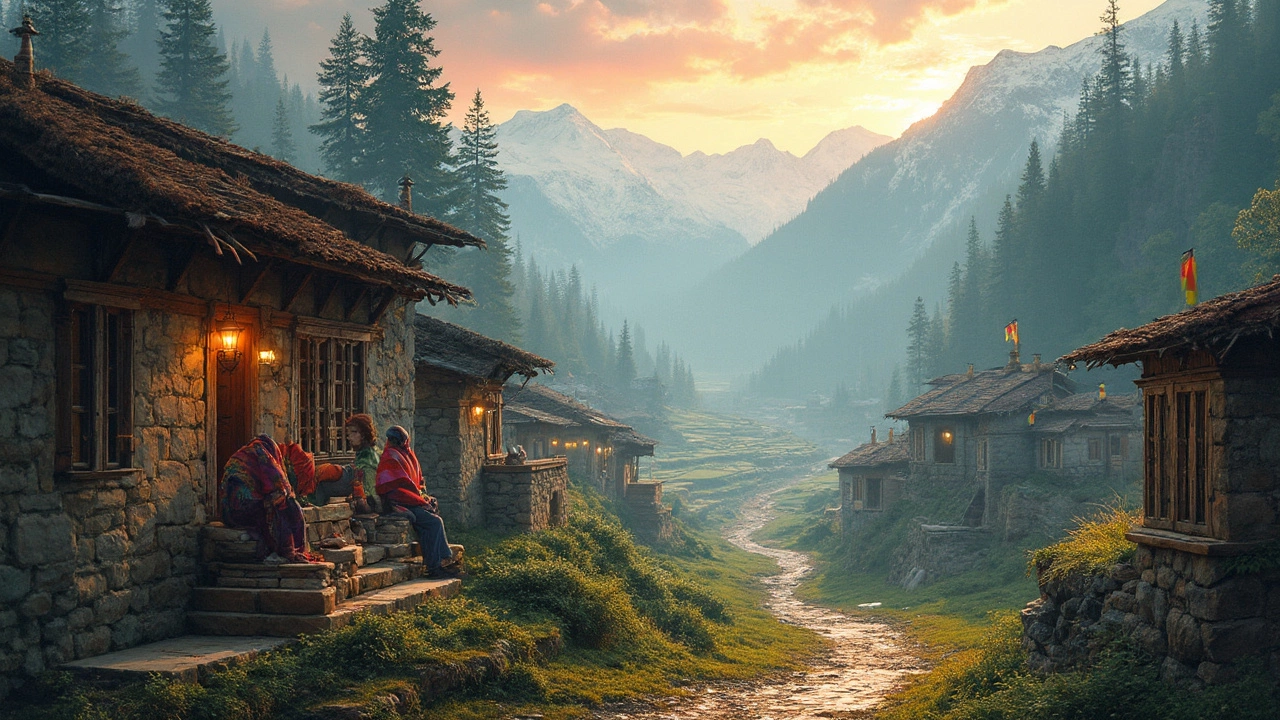Spiti Valley: India’s Hidden Himalayan Gem
When you think of Spiti Valley, a remote, high-altitude desert valley in the Indian Himalayas, part of the larger Ladakh region. Also known as Little Tibet, it’s one of the last places in India where ancient Buddhist traditions live unchanged amid stone monasteries and wind-swept mountains. This isn’t just another mountain destination—it’s a place where the air is thin, the roads are rough, and the silence feels sacred. Spiti Valley sits between the Himalayas and the Zanskar Range, at elevations above 3,000 meters, making it one of the coldest and least populated regions in the country. Few tourists make it here, and those who do rarely forget it.
What makes Spiti Valley different from other Himalayan spots like Manali or Shimla? For one, it’s not about luxury. There are no five-star resorts here. Instead, you’ll find families living in mud-brick homes, monks chanting in 800-year-old monasteries like Key and Dhankar, and trails that haven’t changed in centuries. Trekking in Spiti isn’t just exercise—it’s a cultural immersion. The Great Himalayan Trail, a 4,500 km trek spanning the entire Himalayan range cuts through Spiti, linking it to Lahaul and Ladakh. You won’t find Uber here, but you might hitch a ride with a local trucker hauling supplies to Kaza. The Himalayan trekking, a form of long-distance walking through high-altitude terrain, often requiring guides and permits here demands preparation. Altitude sickness is real. Water is scarce. Nights drop below freezing even in summer. But the rewards? Unmatched starry skies, ancient murals inside Tabo Monastery, and the quiet dignity of a people who’ve survived here for generations.
People ask if Spiti is safe. Yes—but only if you respect it. This isn’t a place for rushed itineraries or Instagram photos. It’s a place that asks you to slow down, breathe deeper, and listen. You’ll find posts here about how to plan a trip without a guide, what vaccines you really need, and why local food—like thukpa and momos—is safer than you think. You’ll also see how Spiti fits into bigger conversations about heritage, sustainability, and what true adventure means in India today. What you won’t find is a crowded beach or a five-star hotel. What you will find? The raw, real India—hidden in plain sight, high above the world.
